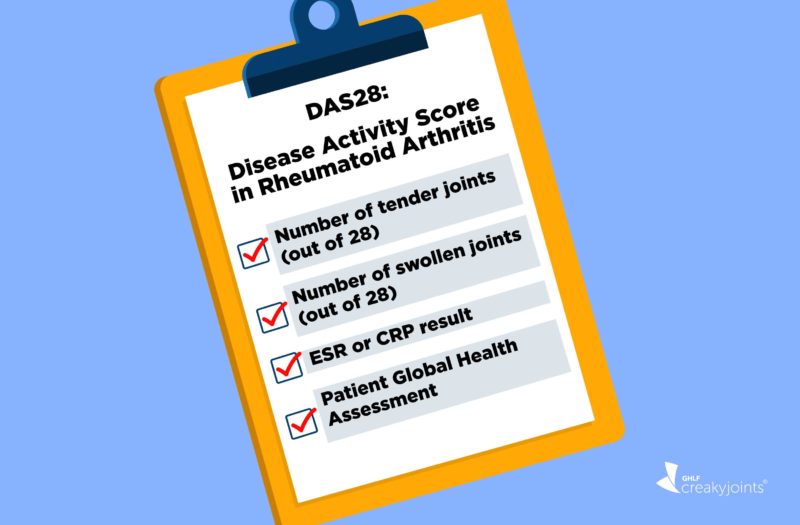There are many ways that doctors can track disease activity in patients with rheumatoid arthritis (RA), but many rely on DAS28, a scoring system that factors in clinical measures including tender and swollen joint counts as well as levels of inflammatory blood markers like ESR (erythrocyte sedimentation rate) or CRP (C-reactive protein), in addition to patient feedback (patient global assessment, or PGA). Combining all of these components has been considered essential, but when it comes to older people with RA that view may be worth reconsidering.
It turns out that DAS28 often goes up with age, but not if you strike patient self-assessments from the equation.
According to a new study, which was published in the journal Rheumatology, RA patients over age 65 have ESR and swollen joint counts that are substantially higher than those of younger RA patients, but there was little difference in patient global assessments.
In other words, even though inflammatory markers and swollen joint counts went up, patients did not feel that their condition had worsened.
These findings were based on information on more than 2,000 RA patients who are part of a Norwegian database.
There’s no standard way to conduct a patient global assessment, but it’s usually based on how a patient answers a single question, such as, “Considering all the ways your arthritis has affected you, how active do you feel your arthritis is?”
It’s also worth noting that tender joint count didn’t tend to worsen with age, though swollen joint count did. The change in swollen joints might be related to natural age-related changes, the authors said.
“The age-related increase in ESR and 28-joint swollen joint count scores without a relevant corresponding increase in 28-joint tender joint count and patient global assessment might imply that age-related processes (e.g. soft tissue changes, physiological ESR increase) contribute to a higher DAS28 in elderly patients,” they concluded.
Track Your Symptoms with ArthritisPower
Join CreakyJoints’ patient-centered research registry and track symptoms like fatigue and pain. Learn more and sign up here.
Keep Reading
Nikiphorou E, et al. Patient global assessment in measuring disease activity in rheumatoid arthritis: a review of the literature. Arthritis Research & Therapy. October 2016. doi: https://doi.org/10.1186/s13075-016-1151-6.
Van Onna M, et al. What do we measure with 28-joint DAS in elderly patients? An explorative analysis in the NOR-DMARD study. Rheumatology. October 2019. doi: https://doi.org/10.1093/rheumatology/kez490.






